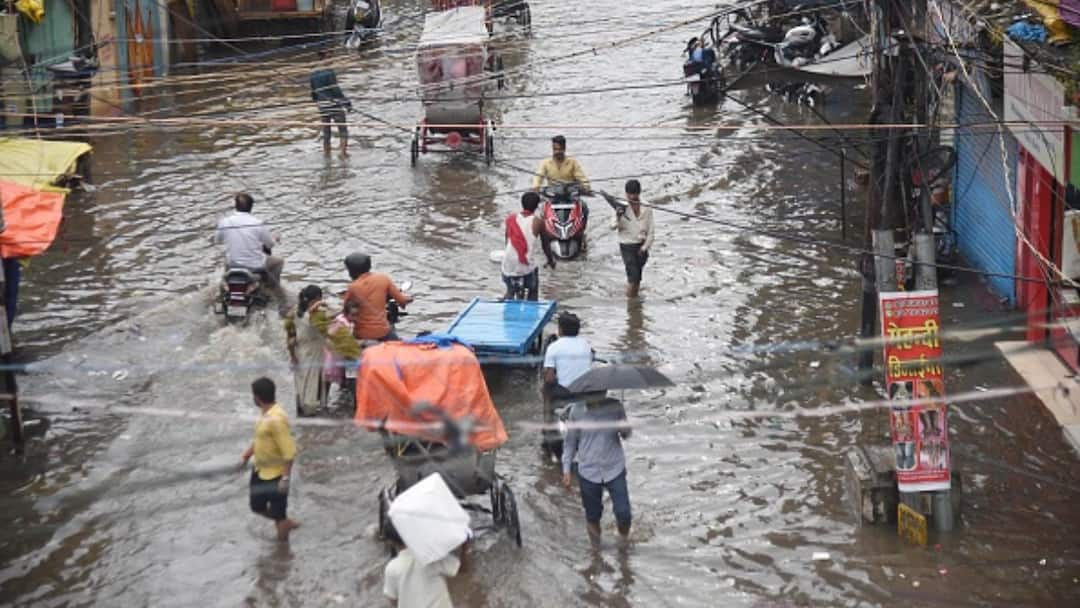Google Is Using AI To Predict Floods In 80 Countries 7 Days In Advance: Here's How
Google is protecting the livelihoods of 460 million people in across 80 countries by altering them about floods seven days in advance with the help of AI.

Google is working on a groundbreaking development in which it is using artificial intelligence (AI) to predict floods and it will predict the same seven days in advance. Google in a blog post said that it is using AI to "accurately predict riverine flooding and help protect livelihoods in over 80 countries where 460 million people live." So far, the tech giant has significantly improved flood forecasting even in those areas where data for the same is scarce.
How Did Google Begin This Journey
The journey began with an initial pilot in Bihar’s Patna region. The reason provided by Google behind choosing Patna was that it is one of India’s most flood-prone states. The company worked with local government officials and used local real-time data to create flood forecasts which it then incorporated into Google Public Alerts in 2018.
In order to move ahead, the company fed a variety of elements into its forecasting models such as historical events, river level readings, terrain and elevation of a specific area. It then generated maps and ran up to hundreds of thousands of simulations in each location in order to create models for river flood forecasting.
This strategy aimed to develop extremely precise models for specific locations, whereas the goal was to tackle the issue on a global level. The hypothesis was that leveraging machine learning could assist in addressing the scalability challenge in flood forecasting worldwide.
In 2019, Google increased its flood forecasting coverage 12-fold and issued 800,000 alerts to individuals residing in impacted regions.
Covering Other Countries
After the positive outcomes of initial trials in India, Google progressively extended forecasting services throughout the country and into Bangladesh, reaching a population of 360 million individuals. During that period, the company was capable of offering forecasts up to 48 hours ahead, due to substantial improvements in forecasting technology. However, the models in each scenario depended on the accessibility of local streamflow data, which posed challenges when scaling forecasts to other countries.
Acknowledging the challenges of flood forecasting based solely on local data and the advancements in AI research, the team shifted focus towards developing an ambitious global model. This initiative required leveraging global data sources to train models using LSTM networks, with the aim of predicting floods even in regions lacking local streamflow measurements.
In 2022, we introduced the Flood Hub platform, granting access to forecasts in 20 countries — including 15 in Africa — where forecasting had previously been severely limited due to the absence of global data.
A year later, in 2023, Google expanded its coverage to include locations in 60 additional countries spanning Africa, the Asia-Pacific region, Europe, and South and Central America, reaching a total of 460 million people worldwide. Consequently, forecasts are now readily available on the Flood Hub in real-time for numerous vulnerable communities in developing nations.
Related Video
Apple creates a new record in iPhone sales after launch of iPhone 16 | ABP Paisa Live





































